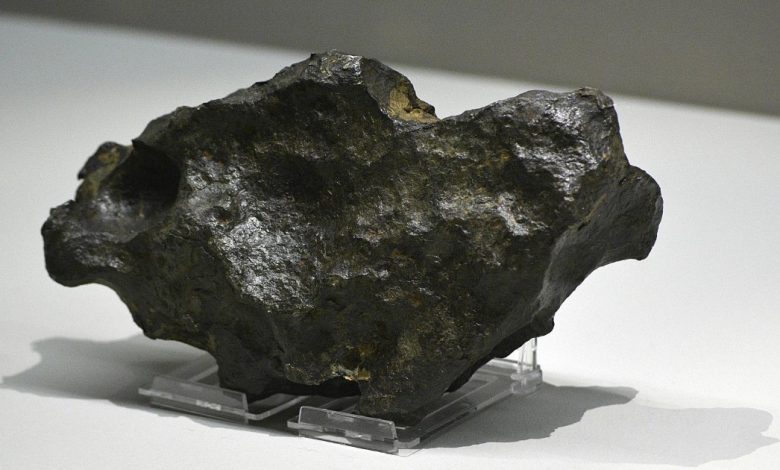Fragment of a meteor illuminating the sky in southern Italy: “It may have landed in Molise”

A meteorite weighing about one kilogram may have fallen on March 15 in the evening Molise, In a village Timenote From Saint Agapito (IS). This is what researchers have done Rete Prisma, pRima Network for Systematic Meteor and Atmospheric Observation After analysis withNational Institute of AstrophysicsThe “Bold” path that crosses the skies of central and southern Italy.
“From the data intersection – the Prisma Network website reads – it appears that the small celestial body entered the atmosphere at an altitude of about 80 km and continued for a total length of 61 km. It traveled in 5.3 seconds with an inclination of 84 degrees, almost a vertical path. And only 2.8 km / s, which are values that support the arrival of a meteorite on Earth with a mass estimated at about 1 kg (Meteor, about 8 cm long If the density is 3.5 g / cm3) “note ends.
In an interview with messenger, the professor Daniel Gardiol, The first technologistIanaf, ToNational Institute of Astrophysics, And the National Coordinator for the Prisma Network, reported on the frequency of falling celestial bodies at Italy: “If we think of meteors, and yet they are dust that are mostly left by comets, we can say that it is very frequent. It varies with larger bodies, this is about eight centimeters, which is very rare. Similar spells occur once a year in Italy. For us, this is the fourth case in four years, ”explains Gardiol. Then the researcher talks about the importance of meteorites to INAF and to astrophysicists in general, which represents what fossils are to paleontologists or rock strata to the geologist. Most asteroid bodies haven’t changed much since the birth of the solar system. They bring us raw materials. Having more meteorites available allows us to study the evolution of the solar system and also validate our models. ”
Then Professor Gardiol talked about the meteorite that had fallen into Molise, explaining that it was orbiting Sole. “We have identified the potential fallout area. It may be fragmented, but it will not emerge from the pictures.” For now, Temenot residents have been alerted in the hope that the meteorite pieces could be recovered and studied in the laboratory. This meteorite fragment is the first that cameras detect in central and southern ItalyWhere the camera coverage from the institutes of astrophysics is much less than in the rest of the country. Professor Gardiol hopes to be able to expand coverage to more areas, but there is currently a shortage of funds to implement this project, which is currently supported by around sixty public and private schools, schools and philanthropists. “If the network were strengthened – the researcher concludes – we could get more significant results.”

“Food expert. Unapologetic bacon maven. Beer enthusiast. Pop cultureaholic. General travel scholar. Total internet buff.”





